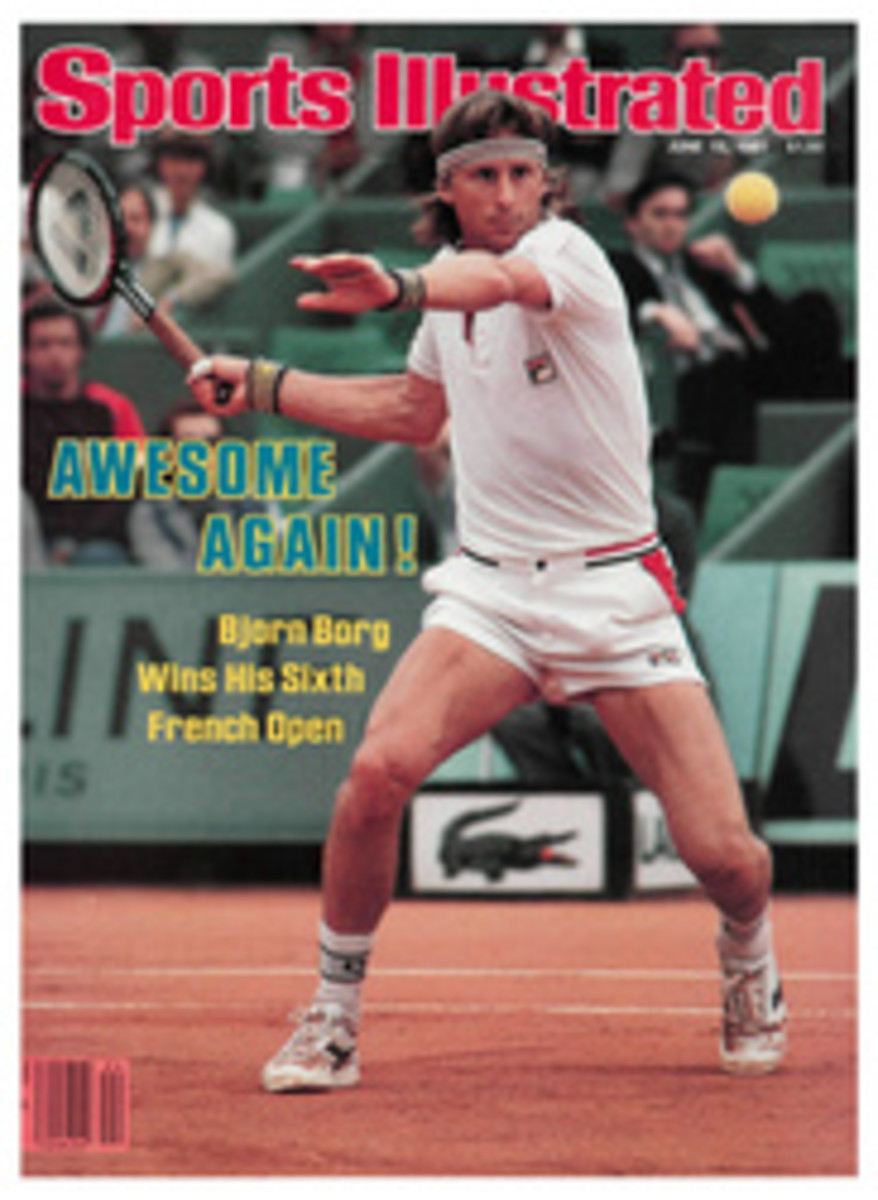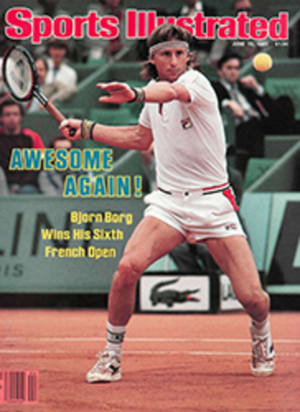
WITH A BUNCH OF GARBAGEMEN IN THE LINEUP, THE BUSHWICKS CLEANED UP
On Oct. 8, 1957 the Dodgers announced they were leaving Brooklyn, and a million hearts were broken, but in certain quarters, especially those near the Brooklyn-Queens border, defiance raised its head and the proud cry was heard, "Bring back the Bushwicks!" The Bushwicks? Today they are all but forgotten, but there were Sunday afternoons in the first half of this century when the Bushwicks, operating out of Dexter Park in Queens, hard by the Brooklyn border, outperformed the Dodgers, who worked just a few miles away. The Bushwicks weren't in organized baseball. They weren't Triple A or Double A or any kind of A. They were semipro. And yet the box scores indicate that they played like big-leaguers on many occasions.
Oct. 11, 1931: The Dazzy Vance All-Stars barnstorm their way into Dexter Park. Vance, a future Hall-of-Famer and a mainstay of the Dodger staff, is defeated 2-1. Oct. 17, 1948: The Bushwicks are playing the World Series All-Stars, a team of present and future big-leaguers led by Larry Doby, Tommy Holmes and Eddie Stanky, all .300 hitters during the regular season. Thirteen scoreless innings go by, and in the 14th Bushwick Second Baseman Al Cuccinello, moonlighting from his job at the Sanitation Department, lines a single through the right side to score fellow sanitation worker Jack Di Grace. The Bushwicks win 1-0. Doby, Stanky & Co. have collected just four hits in 14 innings. The Bushwick pitcher is a stocky, lefthanded, 19-year-old curveballer from Astoria, Queens named Eddie Ford. July 1, 1951: Ford, now known as Whitey, is pitching against the Bushwicks for the Fort Monmouth Army team after a 9-1 rookie season with the Yankees. The Bushwicks chase him in the fourth and win 9-0. Ford, like Vance, is now in the Hall of Fame.
Semipro is actually the wrong word for the Bushwicks. Along with several other teams—the Springfield Greys, the Barton Nighthawks (owned and operated by actor James Barton of Tobacco Road fame) and the Bay Parkways, with whom Hank Greenberg got his start—they should have been called "independent." As such, they played a lot of baseball, as many as 90 games a season in the peak years. And a lot of their best players performed for other teams, too. "That's why we were always in shape," says Cuccinello, who played for the Giants in the days of Hubbell, Ott and Terry and is now a Yankee scout. "Di Grace and I played four games a week for the Bushwicks and four for the Sanitation Department team. All we did was play ball." Another ex-Bushwick can recall a Sanitation Department hiring session at the height of the Depression. "Three hundred guys were lined up all night. Then at 8 a.m. a door opens and six guys march to the head of the line. They were all ballplayers."
Money and local pride were the secrets of the Bushwicks' success. In the '30s and '40s the salary of a top minor-leaguer couldn't equal what a man could make playing for the Bushwicks or some corporate-sponsored teams. And besides, you got to stay at home.
Unfortunately, the Bushwicks were never able to secure the undivided loyalty of the home fans. One group, known as the "landlords," sat behind first base and did indeed root for the Bushwicks, but the "tenants," who sat behind third base, rode Catcher-Coach Paddy (the Pig) Smith so hard that he sometimes had to be removed from the field for fear of bloodshed. Home-field hatred of the Bushwicks reached its zenith in 1931 when a questionable call by an umpire against a visiting Japanese team set off a torrent of insults and flying objects, and the game had to be halted until the police arrived and restored order. The Brooklyn Eagle, known as an objective paper, reported that the "fans were with the Japs all the way." Even though they weren't loved, the Bushwicks consistently won 75% of their games, in large measure because of old-fashioned baseball know-how.
Still, the Bushwicks occasionally resorted to measures outside the realm of old-fashioned baseball. In 1941, on a rare road trip, they went down to Griffith Stadium in Washington, D.C. to play the Homestead Grays of the Negro leagues. It was wartime, and with a lot of major-leaguers stationed in the area as servicemen, several of the Bushwicks went into temporary retirement to enable the team to "load up," as the saying went. Among the retirees was Jack (Snapper) O'Neill, prematurely gray and known as the finest "signature man," or signer-in of absentees, in the baseball-crazy Sanitation Department.
Sitting in the press box and hearing one of the temporary Bushwicks announced as O'Neill, Snapper leaned over to a reporter and said, "Get $500 down for me. We can't miss today." The reporter found a well-dressed Gray supporter and said, "Would you care to make a little bet?" "My man," was the reply, "do you mean to bet conversation or do you mean to bet wherewithal?" Needless to say, the Snapper and his man meant wherewithal, and the bet was on. O'Neill's substitute hit the distant left-field wall twice before the game was called on account of rain. On the way out, one of the Grays stopped the slugger and said, "You may be Snapper O'Neill indeed, but you're batting righthanded now, your hair has turned black and you've learned how to hit."
Then there was the time Lefty Gomez, playing out the string with the Bushwicks after winning 189 games for the Yankees, bet owner Max Rosner that he could hit a homer, a feat which had eluded him during 14 years in the majors. After talking the pitcher into grooving one and the outfielders into waving at anything he hit their way, Gomez fell on his face while rounding third base. He had never before run so far on one hit.
It was the postwar proliferation of cars and TV sets that marked the end for the Bushwicks. As Di Grace puts it, "When they got cars, wives began to remember all kinds of cousins and uncles they just had to visit on Sunday." Another reason for the Bushwicks' decline was the integration of the major leagues. As good as the Bushwicks were, the names DiMaggio, Williams and Feller weren't on their roster, and the big draw at Dexter Park hadn't been the Bushwicks themselves but the famous and talented stars of the Negro leagues whose teams frequently played them, including the one and only Josh Gibson.
Gibson, known as the black Babe Ruth, is the only man anyone can remember hitting a ball over the billboard in centerfield. Homers were, in general, hard to come by at Dexter Park: The fences were more distant than in most major league parks and, more important, owner Rosner, a Hungarian immigrant who managed the team himself until the 1930s, knew the value of a baseball. When you were paying your players $45 to $100 a week you didn't let $2 or $3 baseballs fly over the fence indiscriminately; so the game balls remained in the icebox until game time in order to deaden them. For extra security, squads of small boys were stationed beyond the fence in foul territory. In exchange for turning in baseballs they were given 30¬¨¬®¬¨¢ Bushwick tickets. No one ever put anything over on Uncle Max, not even the framers of the city's blue laws. Before World War I it was illegal to charge admission to a baseball game on Sunday, so Uncle Max, who manufactured cigars before he took to freezing baseballs, sold scorecards and pencils at the gate for 50¬¨¬®¬¨¢. And God forbid anyone should try to enter without buying.
When the end came, it came not with a bang or even a whimper. "The players knew it was coming when they put in an asphalt stock-car track at the edge of the field," says Tony DePhillips, who caught Ford in the 14-inning masterpiece. "There was no announcement, no ceremony. Nineteen fifty-one ended and nobody said anything about 1952."
ILLUSTRATION
JACK UNRUH

